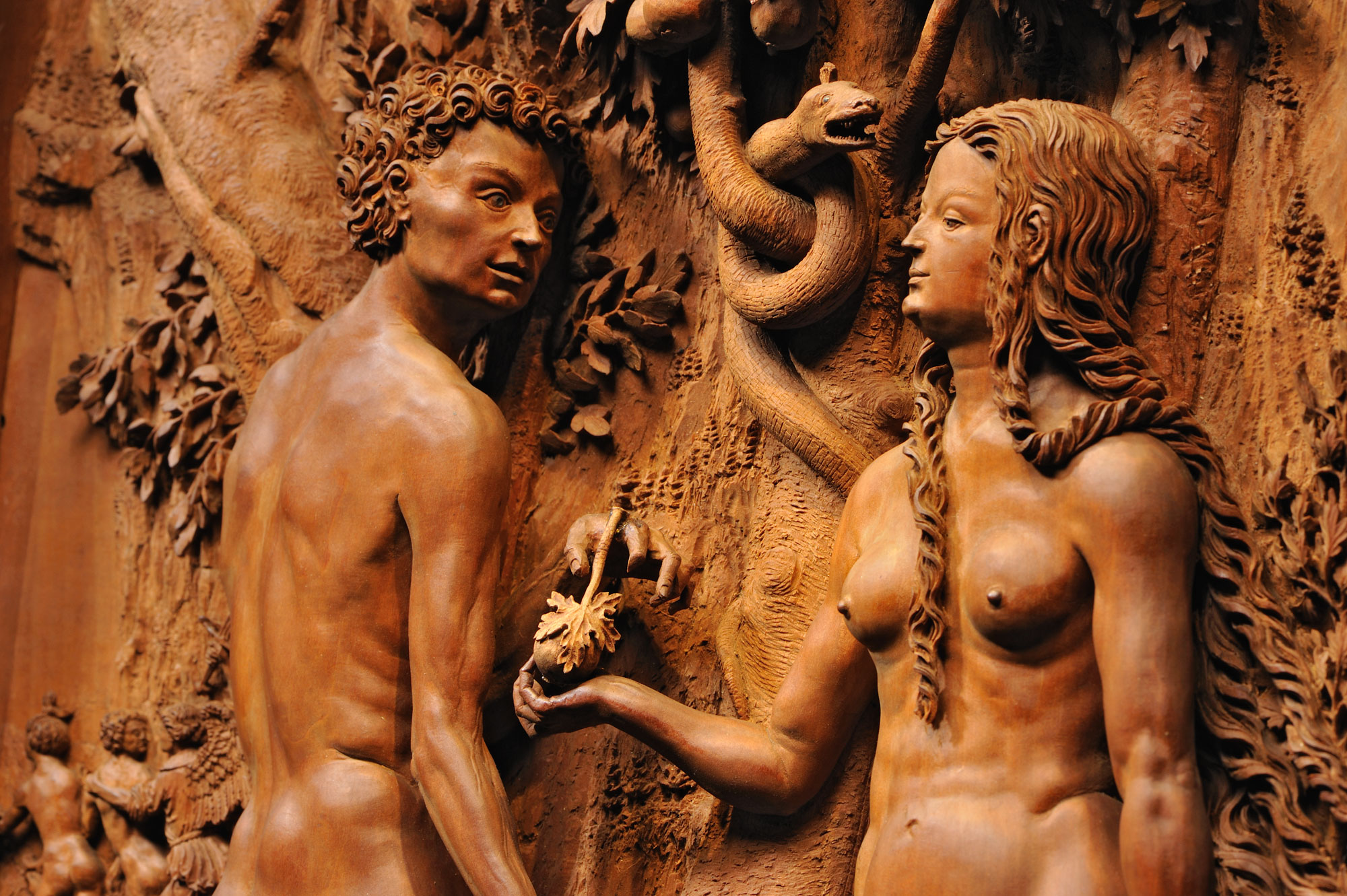
The Baroque Kunstkammer at Friedenstein Castle
The Kunstkammer, founded around 1653 by Duke Ernst I of Saxe-Gotha, known as the Pious, forms the origin of the important and diverse collections at Friedenstein Castle. Duke Ernst had brought a basic stock of art and memorabilia with him from his old residence in Weimar. When the Kunstkammer was established at Friedenstein Castle, the end of this type of collection and knowledge room in Europe was already in sight.
The Gotha Kunstkammer, which is excellently documented in inventories dating back to 1656, is therefore an outstanding and almost unique representative of this Baroque type, continuing the tradition of the older representatives in Vienna, Munich and Dresden. From the very beginning, it was intended as a place of universal education and princely representation. Over the course of time, the collection was repeatedly expanded and restructured under the various dukes, with each regent setting his own accents. Duke Frederick II in particular, who reigned from 1693, made major purchases: for example, he acquired collections of coins, minerals, prints and East Asian rarities, including soapstone figures.
The surviving collection of the Baroque Kunstkammer comprises around 1,100 objects, which are documented in the inventories of the 17th and 18th centuries. The focus was on gold and silversmith's work, objects made of ivory, amber and precious stones, coconuts, wood, horn, mother-of-pearl and conchylia, i.e. the shells of shells and snails. These are precious and/or exotic materials that have been artfully crafted, usually in combinations. Rarity, curiosity and often virtuoso miniaturization characterize these pieces. Paintings of various genres, in particular biblical histories and dynastic portraits, as well as prints and printing plates were also part of the Baroque Kunstkammer. The "Scientifica" included artistically designed compasses. In addition to objects of artistic and scientific value, special memorabilia and ethnographic objects found their way into the collections as "Exotica", as did cut stones, fossils and specimens as "Naturalia" and "Anatomica". Finally, coins and medals from classical antiquity to the present day formed an indispensable part of the Friedenstein Kunstkammer.
From the 18th century onwards, specialized collections were formed: For example, the numismatic collection and the Natural History Cabinet, the Chinese Cabinet established by Duke August around 1800 and the Picture Gallery were separated from the Kunstkammer in 1824.






